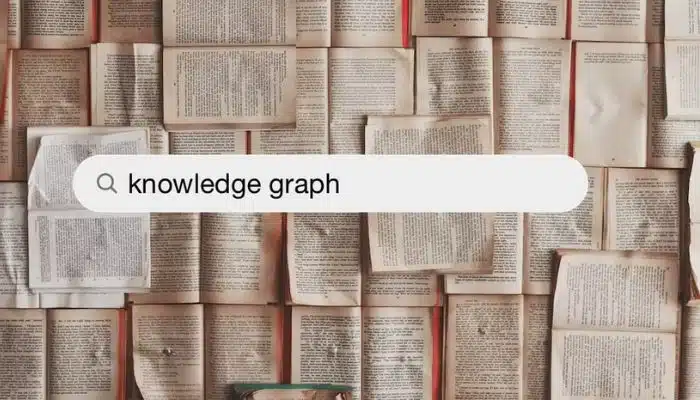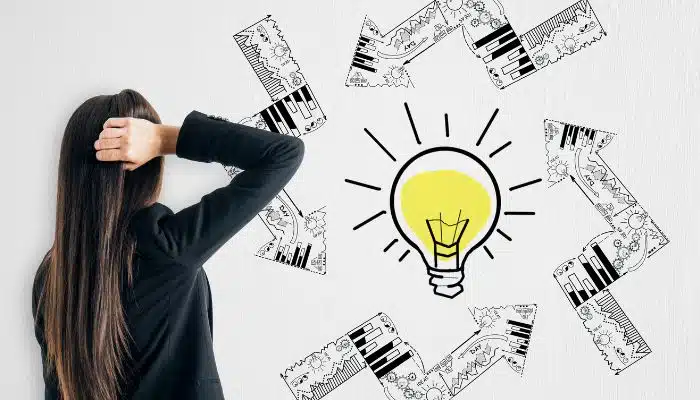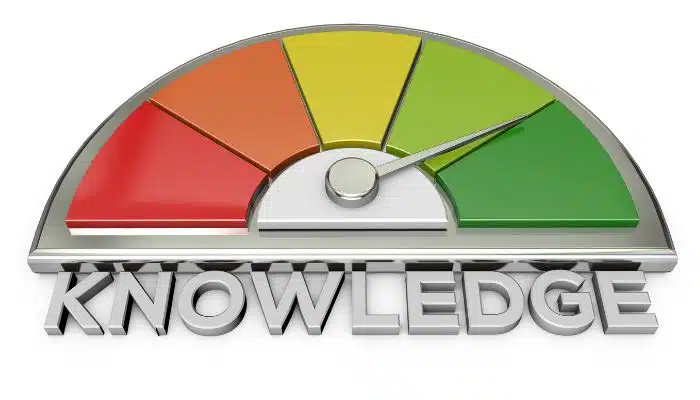
Knowledge Graphs, also known as knowledge graphs, have revolutionized the way we interact with information on the web.
These programmatic tools are responsible for modeling and organizing large amounts of data, allowing users to access relevant information quickly and accurately.
Knowledge Graphs have improved the search experience, allowing Google to understand the intent behind users’ queries and provide relevant information more effectively.
In this article we will explain what Knowledge Graphs are, how they work and how they have transformed Google search.

Knowledge Graphs are an advanced knowledge representation technology used to organize and connect information in a meaningful way online. These graphs were initially developed by Google and have become a fundamental part of its search engine and other applications.
In essence, a Knowledge Graph is a database that stores information about real-world entities (such as people, places, events, concepts, etc.) and the relationships between them.
These entities and relationships are represented in a structured format, which allows computers to understand the meaning and context of the information.
Since its introduction in 2012, google Knowledge Graphs have had a significant impact on the way we search on Google. Previously, searches were based on keywords, and the results were a list of relevant links. With Knowledge Graphs, search results are much richer and contextualized.
When we do a Google search, we are likely to encounter a Knowledge Panel on the right side of the search results.
This panel displays important information about the searched entity, such as a brief description, key data, related images and links to additional sources. This allows us to obtain information quickly and without having to visit several web pages.
Knowledge Graphs work by collecting and organizing data from various sources. Google uses machine learning algorithms to extract information from the web and build relationships between different entities. These relationships are based on pattern analysis and understanding the context.
As users interact with Knowledge Graphs, Google continually improves its understanding of context and search intentions. This allows search results to become increasingly accurate and relevant.

Although there may be different approaches to constructing a knowledge graph, it generally follows a hierarchical and relational structure that organizes information in a meaningful way. Here is an overview of the typical structure of a knowledge graph:
At the most basic level, a knowledge graph is composed of entities or concepts that represent objects, ideas or topics in the real world. These entities can be people, places, events, terms, objects, etc.
Each entity in the knowledge graph can have associated attributes and properties that describe its characteristics. For example, an “author” may have attributes such as “name”, “date of birth” and “nationality”.
Entities are interconnected through relationships. Relationships represent the connections or associations between entities. For example, the relationship “is the author of” connects an entity “author” with an entity “book”.
In many cases, entities are organized in a hierarchy or taxonomy. This means that some entities are more general and others more specific. For example, “animal” may be a general entity, while “dog” and “cat” are more specific entities that are placed under “animal” in the hierarchy.
Relationships in a knowledge graph not only connect entities, but may also have associated semantic attributes or values. These attributes provide additional context to the relationships.
For example, a “played in” relationship between an “actor” entity and a “movie” entity could have a “role” attribute that describes the character played by the actor in that movie.
A knowledge graph may contain complex and multilateral connections, meaning that an entity may be related to multiple other entities in various ways.
Each entity and relationship in the graph is usually classified and labeled so that it is easily recognizable and accessible for use in applications and search systems.
The structure of the knowledge graph may vary according to its domain or purpose. Examples of well-known knowledge graphs include Google’s Knowledge Graph, which is used to improve search results, and Wikidata, a collaborative open knowledge database.
These knowledge graphs can be used to power artificial intelligence applications, recommender systems and more.
The google knowledge graph also has a significant impact on SEO. For an entity to appear in Google’s Knowledge Graph, it is necessary to provide accurate structured data through schema markup.
This allows Google to understand and display relevant information instead of simple blue links in search results.
some of the strategies that can help an entity appear in Google’s Knowledge Graph.
Knowledge Graphs also offer numerous benefits for companies:
In addition, Knowledge Graphs prepare companies for the future by complying with W3C standards and enabling the reuse of industry ontologies and graphs. This provides a solid foundation for artificial intelligence applications and ensures full control of knowledge graphs.
Knowledge Graphs are used in a wide variety of industries and sectors. Pharmaceutical companies, telecommunications companies, IT services and government are just a few examples of how Knowledge Graphs have improved the efficiency and quality of information in different contexts.

As technology and understanding of data advances, Knowledge Graphs will continue to evolve and play an increasingly important role in our digital lives.
Their ability to organize and contextualize large amounts of information makes them valuable tools in an increasingly data-driven world.
In short, Knowledge Graphs have transformed the way we interact with information on the web. Their ability to organize data, provide quick answers and improve the accuracy of search results has made them an integral part of our online experience.
As technology continues to advance, we are likely to see even more advances in Knowledge Graphs and their impact on our digital lives.
We are Kiwop, digital marketing and web development agency, We hope this information has been valuable and enlightening for you in relation to the topic of Knowledge Graphs.
If you have any further questions or need assistance, please do not hesitate to let us know. We are here to provide you with additional information and assist you with any questions you may have.
If you want to have the website you want or increase the online visibility of your brand, we know how to do it.
Shall we start today?
Leave a Reply